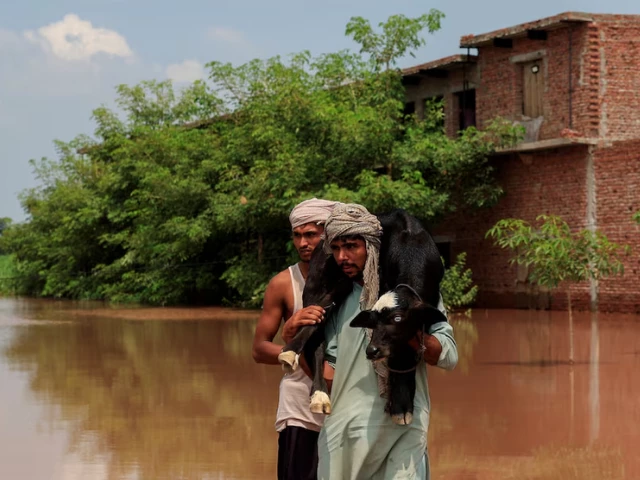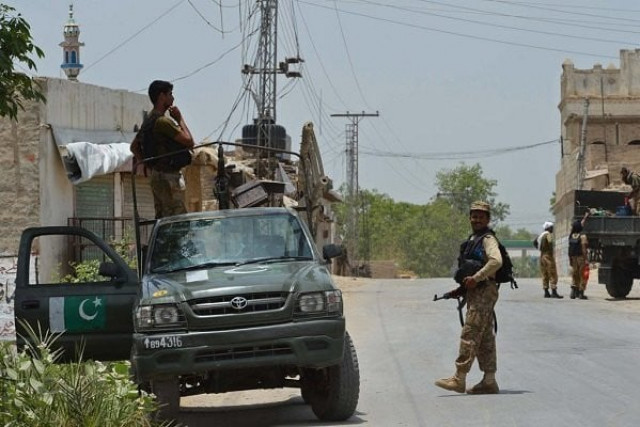Navigating the Flooding Crisis in Punjab: What You Need to Know
As the monsoon season sweeps through Punjab, dramatic weather shifts and flooding are creating significant challenges for residents and authorities alike. Recently, Pakistan received alarming news: new water releases from India, combined with forecasts of heavy rain, have triggered flood warnings. The Provincial Disaster Management Authorities (PDMA) have taken action, raising alerts as we approach the peak of this year’s 10th wave of monsoon rain.
By September 9, high levels of flooding are expected in vital rivers such as the Ravi, Sutlej, and Chenab, as warned by Punjab Relief Commissioner Nabil Javed. The latest figures from the Flood Forecasting Division show alarming river flow statistics. For instance, the Chenab River at the Panjnad head is experiencing a staggering flow of over 609,000 cusecs, indicating an extremely high flood level. Meanwhile, the River Sutlej is similarly challenged, with Ganda Singh Wala reaching critical levels.
The impact of the floods has already been felt acutely in South Punjab, particularly in Multan, where communities are facing challenging conditions. Despite the rising water levels, many residents in areas like Qasim Bela and Sher Shah have opted to stay put, highlighting both resilience and perhaps a bit of desperation amid these trying times.
In Jalalpur Pirwala, conditions have severely degraded. Rescue operations, aided by the Pakistan Army and local agencies, are underway as thousands have already been evacuated—though the scale of the disaster has affected around 400,000 people. The NDMA has noted tragic losses, including the reported deaths of 910 individuals since the start of the monsoon season.
With the situation changing rapidly, the government has mobilized resources, ensuring that all departments stay vigilant. High alerts have also been issued in Sindh as floodwaters from Punjab begin to flow southward, prompting evacuations in vulnerable areas.
This tumultuous situation serves as a reminder of nature’s unpredictability and the necessity of cooperation among government and community agencies to manage such crises effectively. As we continue to monitor the situation, staying informed and supporting each other is crucial.
Feeling anxious or need more support? You’re not alone, and staying connected is vital. For expert guidance and resources regarding disaster management, check out Pro21st, dedicated to facilitating smoother responses and aiding communities in dire situations.
At Pro21st, we believe in sharing updates that matter.
Stay connected for more real conversations, fresh insights, and 21st-century perspectives.





